How Air Handling Units Ensure Sterile Conditions in Operating Theaters
Operating theaters (OTs) require a high level of air cleanliness to prevent infections and ensure patient safety during surgeries. Air Handling Units (AHUs) play a crucial role in achieving these sterile conditions by controlling the airflow, temperature, humidity, and filtration. In this blog, we will explore how AHUs help maintain a safe and clean environment for surgeries.
1. Airflow Control and Sterilization
One of the key functions of AHUs in OTs is controlling airflow. AHUs provide laminar airflow to reduce airborne contaminants, which is essential in sterile environments. Laminar airflow directs clean air downwards and prevents turbulent air circulation that could reintroduce particles into the operating area.
AHUs also incorporate air changes per hour (ACH), ensuring that fresh, sterile air replaces contaminated air multiple times every hour. This constant circulation helps maintain a low concentration of pathogens, reducing the risk of infection.
2. Temperature and Humidity Regulation
Surgeries need to take place under controlled temperature and humidity conditions, as both factors can impact the sterility of the environment. AHUs regulate the temperature in the OT to a comfortable level for both the patient and the surgical team, generally around 18°C to 22°C. Maintaining optimal temperature prevents condensation on surfaces, which could harbor bacteria.
AHUs also manage humidity levels, keeping them within a range of 40% to 60%. Proper humidity control reduces the growth of bacteria and mold while preventing static electricity, which can interfere with medical equipment.
3. Filtration Systems
The filtration system in AHUs is perhaps the most critical component in ensuring sterile conditions. High-Efficiency Particulate Air (HEPA) filters are commonly used to trap 99.97% of particles that are 0.3 microns or larger. These filters help remove dust, bacteria, fungi, and even viruses from the air, keeping the OT clean.
AHUs also use pre-filters to trap larger particles before they reach the HEPA filters, extending the life of the primary filters and ensuring optimal air quality.
4. Pressure Differentials
Another essential feature of AHUs is maintaining positive pressure in the operating room relative to adjacent areas. Positive pressure ensures that when doors are opened, air flows out of the room rather than in, preventing contaminants from entering the OT. This barrier of clean air is critical in maintaining sterile conditions during surgeries.
5. Energy Efficiency and Sustainability
Modern AHUs are designed to not only maintain sterile conditions but also to operate efficiently. Energy recovery systems and variable-speed fans reduce the energy consumption of AHUs while ensuring optimal performance. This helps hospitals balance patient safety with sustainable energy use, a growing concern in healthcare facilities worldwide.
Conclusion
Air Handling Units are indispensable in maintaining the sterile conditions required in operating theaters. By controlling airflow, temperature, humidity, and air filtration, AHUs create an environment that minimizes the risk of infections and ensures patient safety during surgeries. Investing in high-quality, well-maintained AHUs is a key factor in the overall effectiveness of hospital operations.

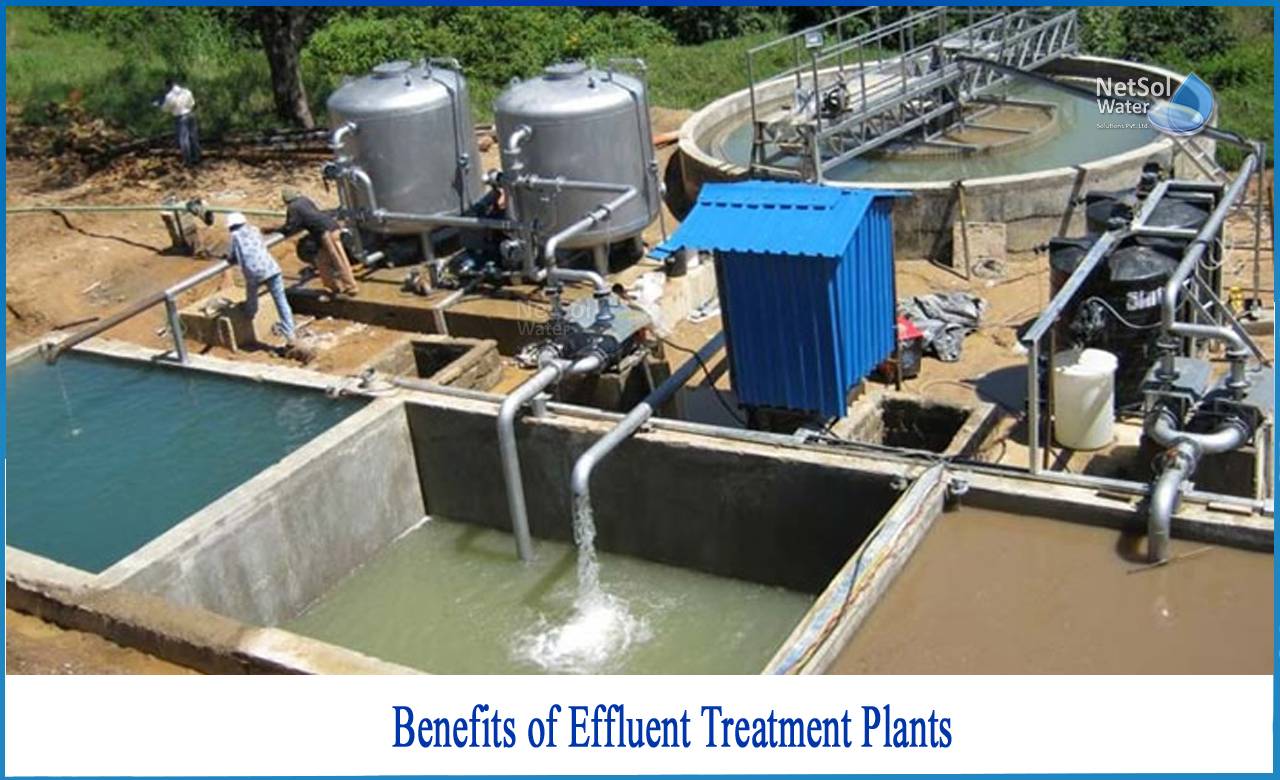
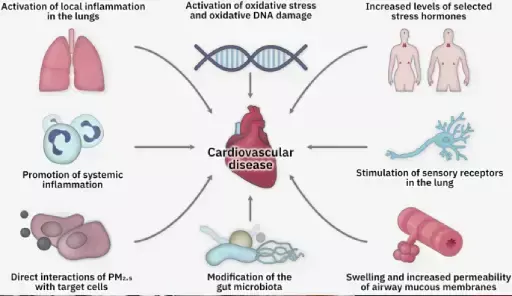
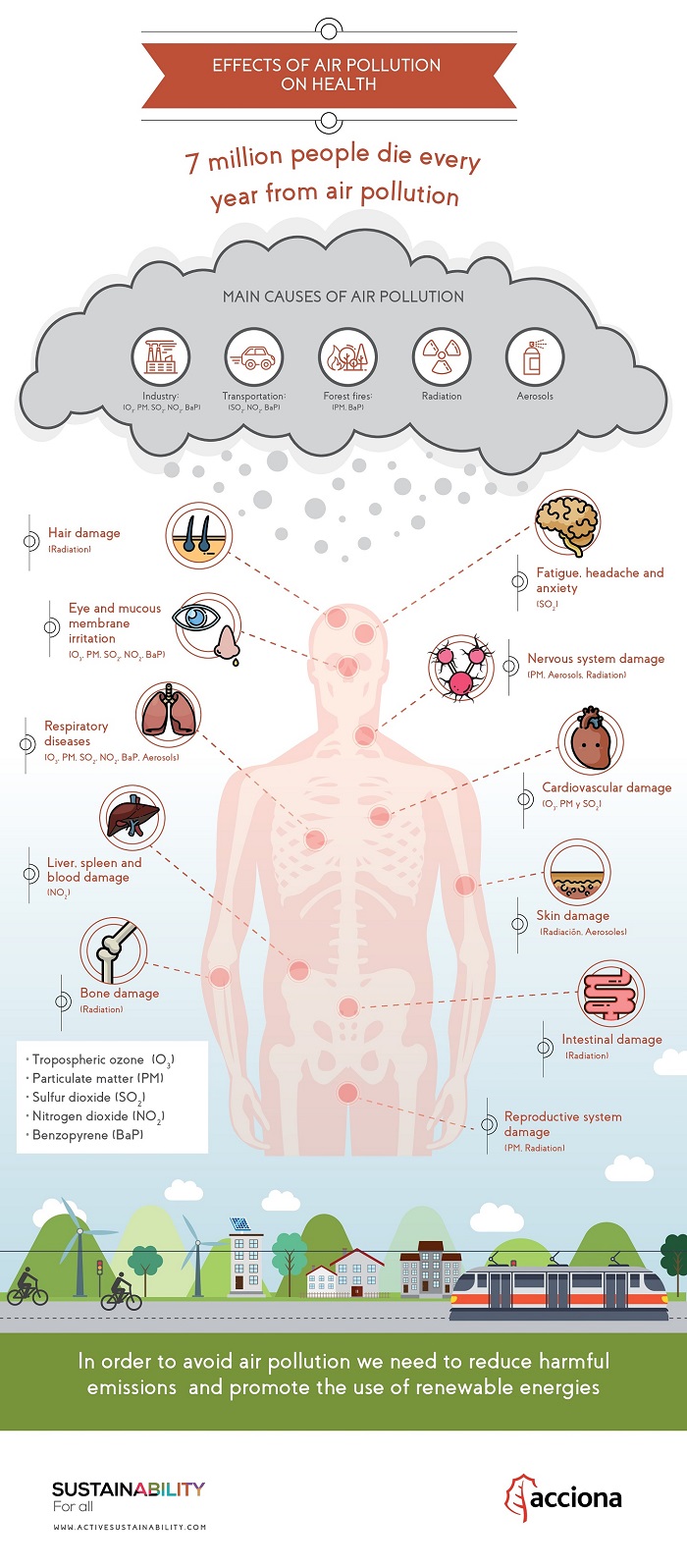





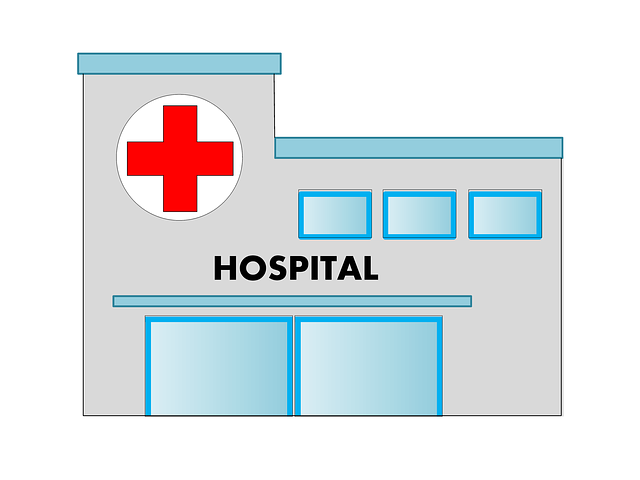




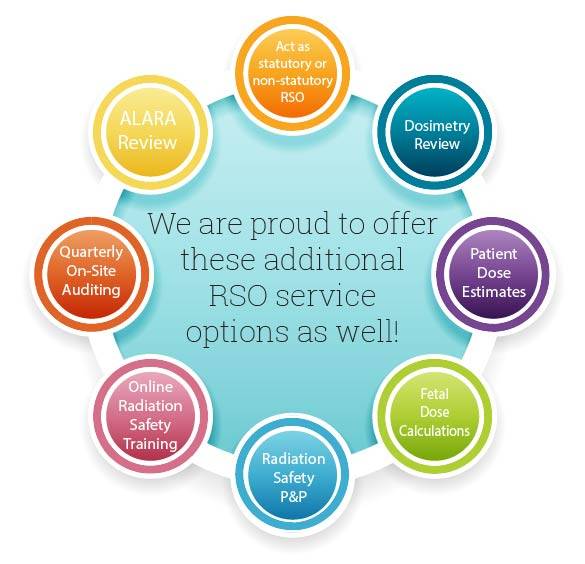
Leave a Reply